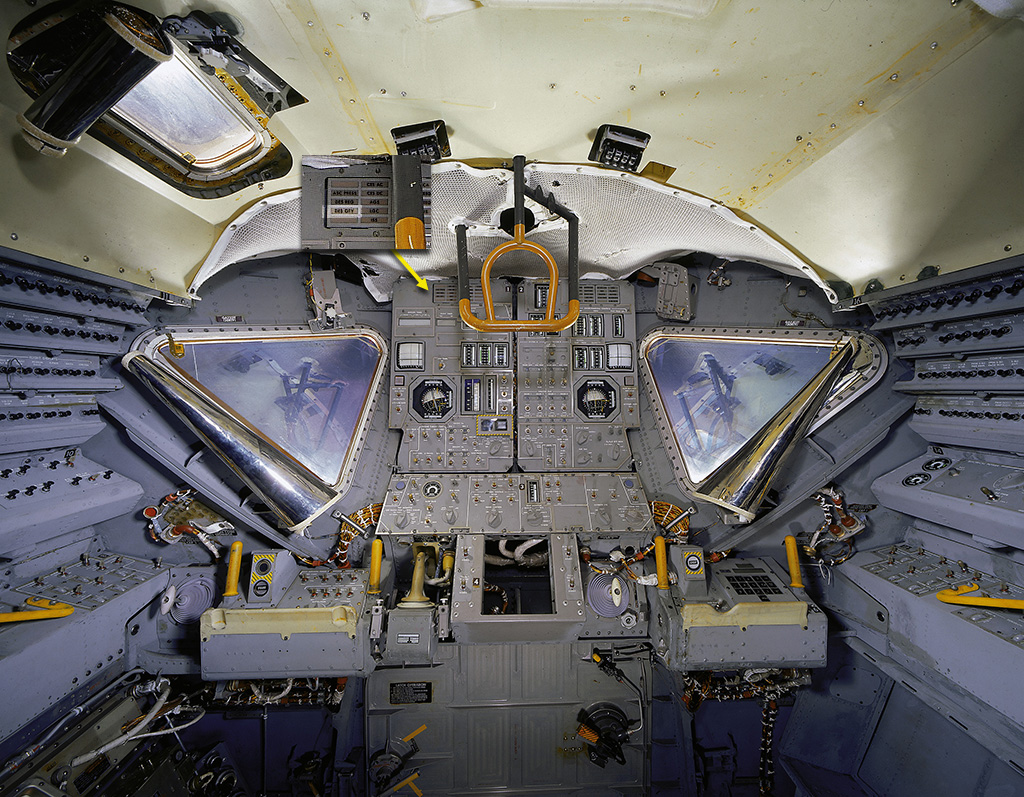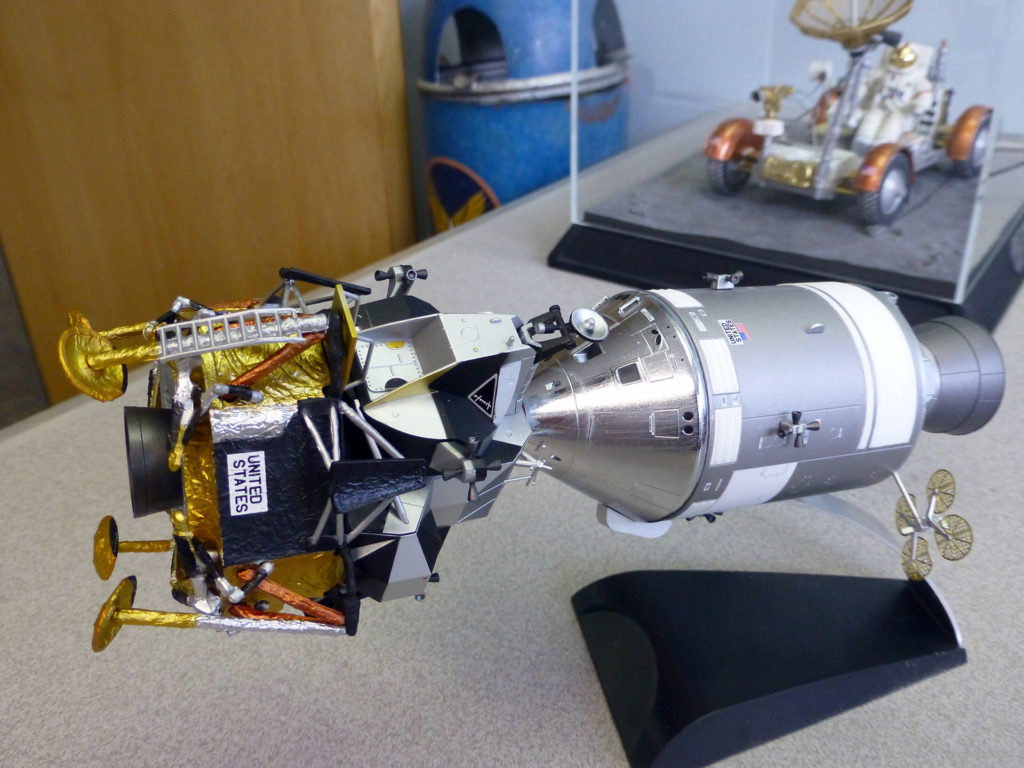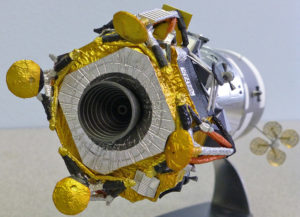Edited October 2019 to add: In July of this year, I wrote a more comprehensive article on Bill Tindall that includes several of his memos. You can find it here: https://finleyquality.net/the-thousand-ring-circus/
An introduction to Tindallgrams from one of the documents linked below:
The enclosed collection of memoranda were written by Howard W. “Bill” Tindall, Jr., the former Director of Flight Operations at NASA’s Manned Spacecraft Center in Houston. They document key technical decisions made between 1966 and early 1970 for all unmanned and manned flights through Apollo 13, and became widely know as “Tindallgrams.” Astronauts, flight controllers, and engineers took part in this planning, and many have lamented that they had lost track of their copies, so we have bound this set together for them. As Buzz Aldrin remembered, “Bill had a brilliant way of analyzing things and the leadership that gathered diverse points of view with the utmost fairness.”
In 1966, Apollo Spacecraft Program Manager George Low made Tindall responsible for all guidance and navigation computer software development by the Massachusetts Institute of Technology. Bill quickly grasped the key issues and clearly characterized the associated pros and cons, sometimes painfully for us, but his humor, friendliness, and ever-constructive manner endeared him to all of us.
In 1967, Low put Tindall in charge of a group called Mission Techniques, which was designed to bring together hardware development, flight crew procedures, mission roles, and spacecraft and control center computer programming. According to former MSC Director Christopher Kraft, “Those meetings were the hardened core of Apollo as far as operations planning was concerned. That’s where the famous Tindallgrams came from.” He continued, “It would be difficult for me to find anyone who contributed more individually to the success of Apollo than Bill Tindall.”
Those of us who took part in those meetings and other interactions with Bill will always appreciate another aspect of his contribution…he made it a lot of fun!
I’ve read hundreds of Tindallgrams. The one below is my all-time favorite, so I’ve cleaned it up considerably from the microfiche photocopy I got from the Kennedy Space Center years ago. These days, you don’t have to write to NASA and then wait eight or ten weeks before being pleasantly surprised by a ten-pound box in the mail. You can find PDFs with scans of many Tindallgrams here on collectSPACE, all completely weightless through the marvel of modern technology – much of which is the indirect result of Apollo, come to think of it.
In this photo of the LM-2 cockpit at the National Air & Space Museum, I’ve placed an arrow pointing to the panel and highlighted in the inset the DES QTY light being discussed:
By the way, they made the fix as Tindall had hoped – the DES QTY light did come on during landings, but did not trigger the master alarm.




